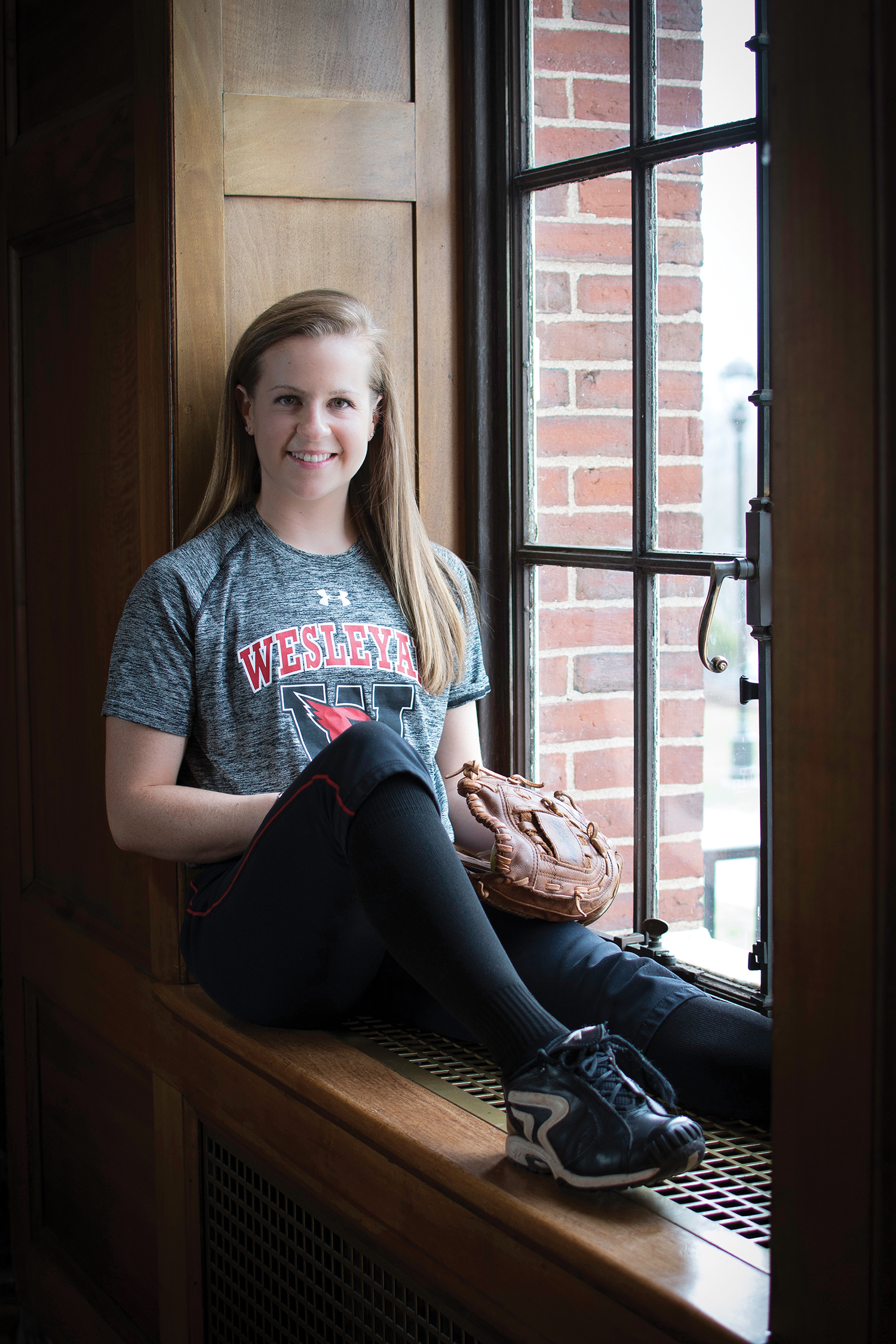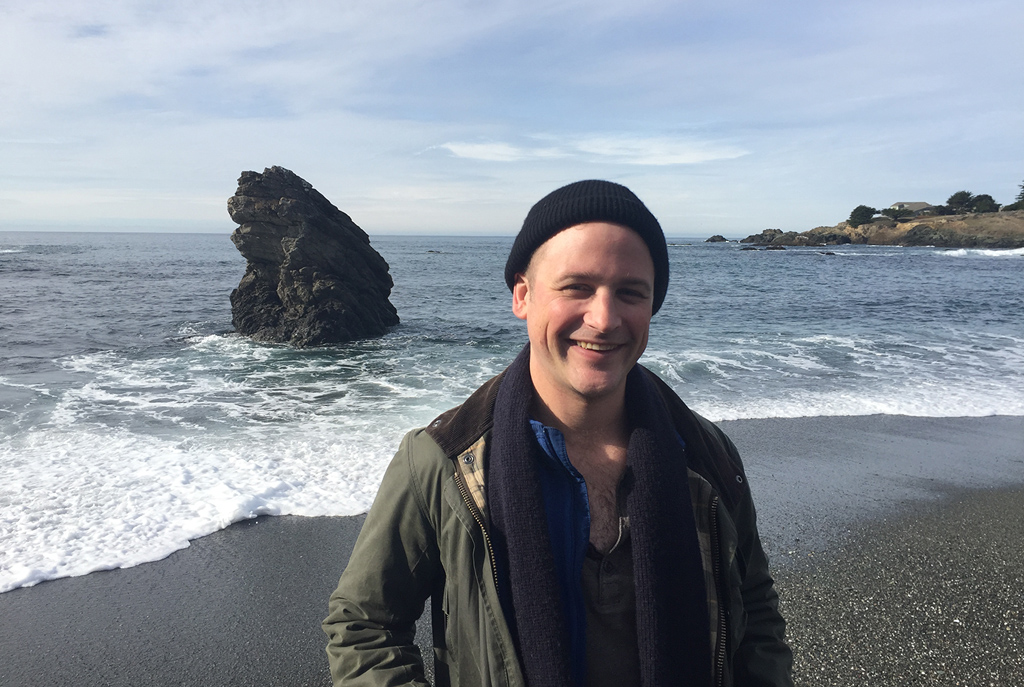What Is a Student? From Confucius to Affirmative Action

When Michael S. Roth ’78 began writing his latest book, The Student: A Short History (Yale Press, 2023), he could not have known it would arrive on bookshelves just as the Supreme Court would reshape how colleges approach diversity on campuses. The very question of what it means to be a student would dominate news headlines and debates across the world. And it would lead to consequential strategic shifts at Wesleyan University, where Roth has been president since 2007, making The Student that much more relevant to better understanding the role education plays in American culture. Throughout the book, Roth details how “being a student comes to mean practicing freedom, and that we should protect access to learning in our own lives, and the lives of our families, and fellow citizens.”
The Supreme Court’s June 29 ruling in cases against Harvard and the University of North Carolina effectively ended the use of affirmative action in college admissions. Justice Sonia Sotomayor, in the dissenting minority opinion, writes that the ruling rolled “back decades of precedent and momentous progress” and cemented “a superficial rule of colorblindness as a constitutional principle in an endemically segregated society.”
The troubling history of America clearly not being colorblind and the power of education to lift the oppressed is a central theme of The Student. In a chapter examining the efforts of African Americans to rise above the shackles of slavery in America, Roth writes:
“The direct pathway to freedom was education, and nothing made that more apparent than attempts to block it. Freedom here meant much more than economic independence; it signified being recognized fully as a human being…Slaves had to be prevented from becoming students in order to keep them oppressed; indeed, laws against teaching slaves existed exactly because their very educability was testimony to their rights to equality and freedom.”
“The idea of the student is a screen on which we project a lot of our anxieties about other things. What does it mean to grow up? What does it mean to be independent? What does it mean to be free? What does it mean to have social mobility and to be able to change the conditions of one’s life? A lot of those pressures get worried over through thinking about schools and students,” Roth said while sitting in his office situated at the heart of Wesleyan’s campus shortly before the publication of his latest book. “For several decades now, colleges and universities have really tried to offer not only ways of getting ahead economically, but also ways to give people the opportunity to learn to think, and to learn to learn, and express themselves. Of course, this can help economically, but it can also help one lead a more capacious life—to help one flourish in one’s life.”
In the immediate wake of the Supreme Court’s ruling on affirmative action and in keeping with the argument outlined in The Student—that access to freedom through education should be protected—Roth formally ended Wesleyan’s practice of giving preference to legacy applicants. “Economic inequality in America often means educational deficits for millions of children in this country. Providing access to affordable quality education will serve people better than telling them they don’t need so much schooling to slot into the jobs generated by today’s economy,” Roth wrote at the time for CNN. “In many ways, ending preferential legacy admission is the easy part. The hard part comes with fostering a variety of ways to achieve diversity in our student body.”
Roth points out that institutions of higher learning have employed policies like affirmative action to counter historical injustices, writing in The Student:
“Selective higher-education institutions had only to promise to admit students fairly, to sort through applications and find those people with the potential to make the most of their education. Taking into account contextual factors like race and socioeconomic conditions were meant to be important aspects of a fair process. Colleges and universities in this way promoted upward mobility without picking the ultimate winners.”
And once admitted, Roth writes that the experience of attending a residential university like Wesleyan is intended to foster an appreciation of such diversity, a task that will be much more challenging because of the Supreme Court’s ruling.
“This ideal has developed in various shapes and sizes over the last two hundred years or so, but it has consistently animated a vision of what students bring to a community of learning. Students are not there merely to receive instruction; they are there to participate in and contribute to education as a communal journey.”
As a “short history,” The Student looks far beyond the last two hundred years in its exploration of how students have traversed an academic journey, first as followers, then later as interlocutors, disciples, rebels, and ultimately children trying to become adults. The book begins with the followers of Confucius, Socrates, and Jesus and moves to medieval apprentices, students at Enlightenment centers of learning, and ends with learners enrolled in 21st-century universities. As Roth writes:
“If one wants to explore cultural forms that have fallen out of favor, as did Confucius and his followers, a college campus usually offers resources to do exactly that. If one wants, like Socrates and his interlocutors, to challenge existing hierarchies by exposing the ignorance of others, a university can be a place to develop one’s skills. Jesus promised his disciples a spiritual rebirth, and today one can find many undergraduates who feel transformed by their education. The critics of higher education want it to live up to the ideal of being an opportunity for learning freedom. So do its defenders. Despite all its shortcomings, so do many of its students.”
In reconciling the history of being a student and recognizing the impact of the Supreme Court’s ruling on affirmative action in the present, Roth remains optimistic about the future, albeit with much work needed to reaffirm paths of equal opportunity in education. “I think that it’s entirely possible that our education system, not places like Wesleyan, but our K–12 system in public education will be starved by forces that don’t want citizens to learn or are comfortable with the vast inequality of learning that we have now,” Roth said. “But it’s also possible that we’ll make political choices that will support teachers and students, universal pre-K, access to quality K–12 education, and stronger public education. All of these things are within reach. We need a universal health care, and we need a universal respect for education. But whether we’ll get them in the next decade, that depends on the political choices we make in the next two years.”
The Student: A Short History was published by Yale University Press on September 12, 2023.


